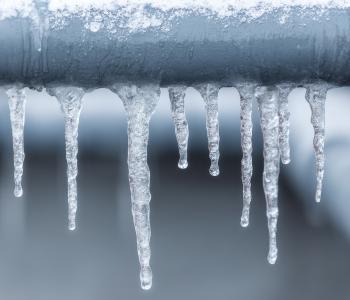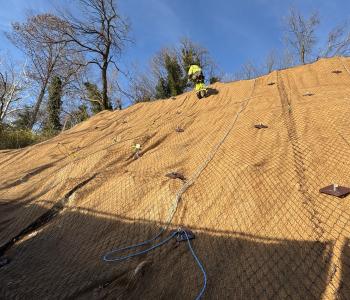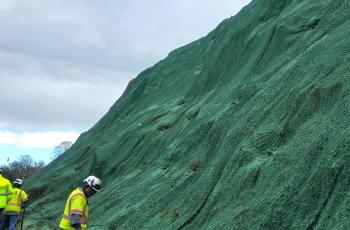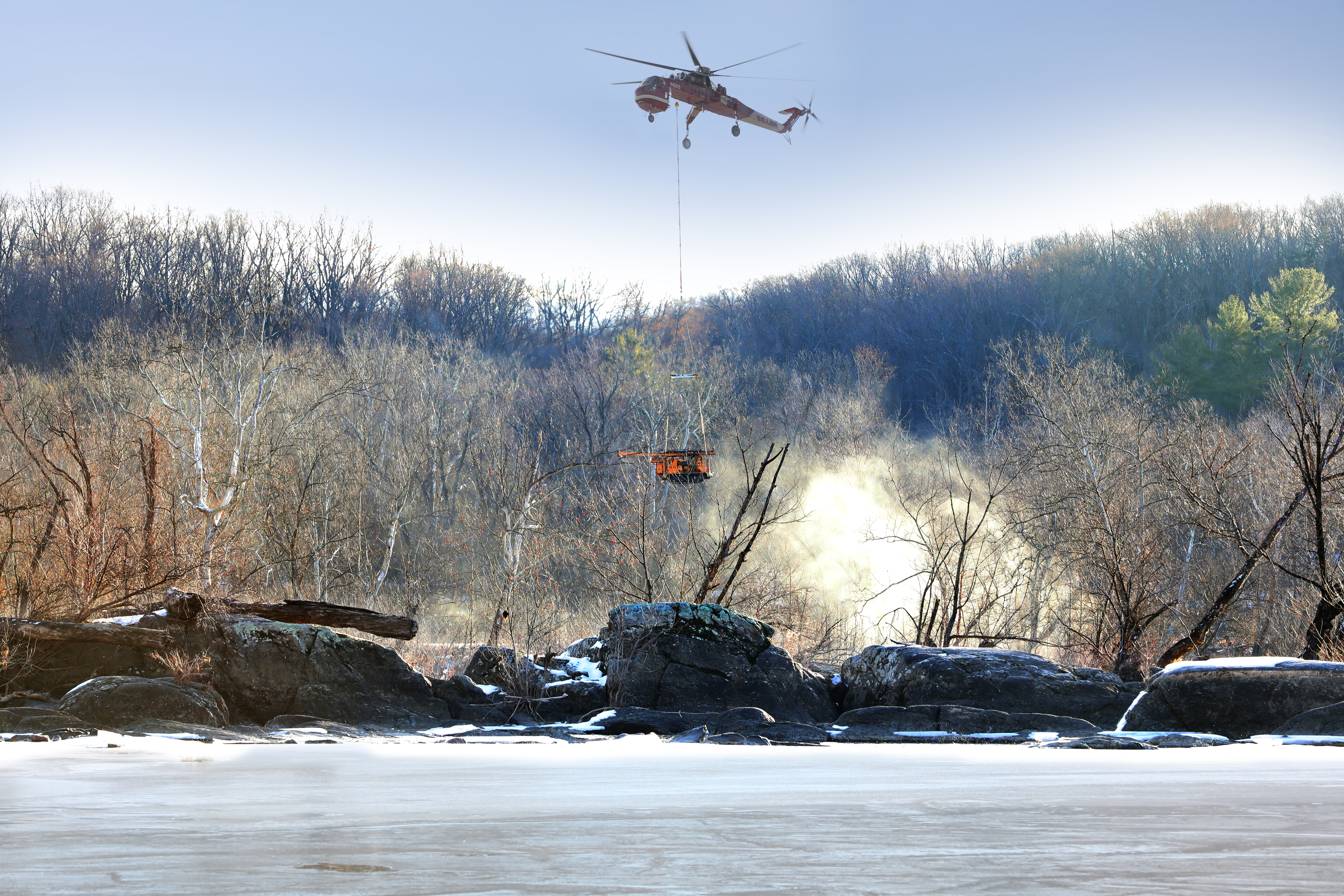DC Water Joins Important National Study on Wastewater Surveillance for Coronavirus
DC Water will join a handful of wastewater treatment agencies across the country by participating in a broad, national evaluation of sewage to look for clues to COVID-19 infection hotspots.
The authority was recently accepted into the U.S. Department of Health and Human Services phase one program and samples will begin to be taken shortly.
David L. Gadis, DC Water Chief Executive Officer and General Manager, said he expects the study to provide valuable information to the federal and District government, to health professionals and to the broader community.
“COVID-19 is the health issue of our lifetime and I am proud that DC Water can participate in a study as critical as this one to learn more about this virus and find ways to prevent it from taking even more precious lives,” Mr. Gadis said.
In the first phase of the program, officials with HHS are hoping to get samples of wastewater from 100 treatment plants – which serve roughly 10% of the U.S. population. In the next phase, later this year, they will expand the monitoring to 42 states serving 30% of the U.S. population.
The goal is to have a broad but also diverse cross section of the national population getting sampled so that health officials can look for signs of any COVID-19 spikes before there is community spread and the virus infects others.
The samples will be taken from the waste stream, where feces can indicate the presence of a COVID 19 infection even if the person is showing no symptoms and may not even be aware they are sick. DC Water treats all of the wastewater produced in the District, along with some of the wastewater generated by the nearby Maryland and Virginia suburbs.
Because SARS-CoV-2, the coronavirus that causes COVID-19, shows up in stool samples, it provides an almost immediate indicator of the presence in the local community.
Many of the specifics of the sampling protocol, such as how often samples are taken, where they are taken and how long the program will exist, remain to be worked out in consultation with the federal government and the private firm that is analyzing and storing all of the samples.
According to the CDC, wastewater can be tested for RNA from SARS-CoV-2, the virus that causes COVID-19 to indicate trends in infection rates, community spread and hot-spots. While SARS-CoV-2 can be shed in the feces of individuals with COVID-19, there is no information to date that anyone has become sick with COVID-19 because of direct exposure to treated or untreated wastewater.








